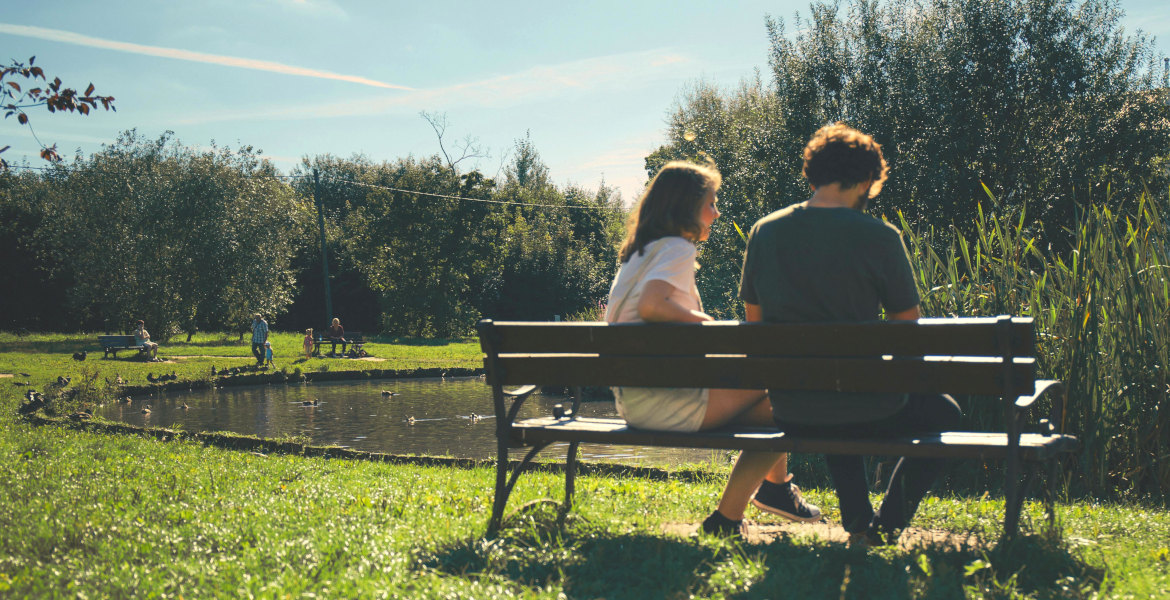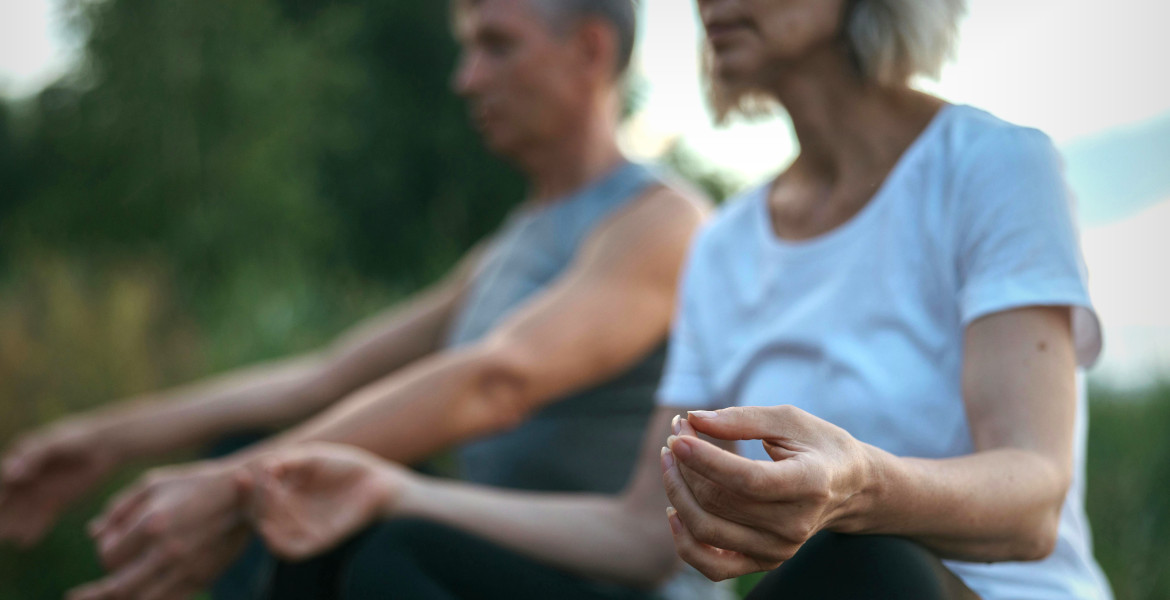Just fifteen minutes in urban green spaces is enough to improve mental health, a study shows. The best approach is to sit or rest in the park for a while.
Today, approximately 55 percent of the world's population lives in cities, according to the UN. This figure is expected to increase to nearly 70 percent by 2050. This means a greater absence of nature and also more health problems linked to city life, such as anxiety, which is more common among urban dwellers.
In a study by researchers at Stanford University in the US and Leiden University in the Netherlands, results from 449 published studies were compiled and 78 field experiments analyzed to examine how different types of urban green spaces affect 12 different aspects of mental health. Nearly 5,900 participants were included in total.
The results, published in Nature, show that all types of urban green spaces improved mental health, but urban forests stood out – particularly when it came to reducing depression and anxiety. And you didn't need to spend particularly long to get a positive effect; less than fifteen minutes was enough. However, spending more than 45 minutes in nature provided greater benefits.
— Our results show that even brief contact with nature can provide significant mental benefits, says Roy Remme from Leiden University, according to Medical Xpress. What's more, longer nature exposure is linked to even greater reductions in stress and boosts in vitality.
Rest or sit
Young adults see even greater benefits, which is remarkable considering that most mental health problems begin before age 25. However, there was also a significant benefit for other age groups. Primarily, it was beneficial for mental health to sit or rest in the park or natural area, while moving around in nature increased energy and positivity.
Based on the results, the researchers emphasize the importance of protecting forests and parks in cities, but also promoting smaller parks and more street trees to improve residents' access to nature. Furthermore, they point out that simpler changes, such as placing more windows facing greenery or organizing community programs with guided meditation, for example, can be cost-effective ways to promote public health.




